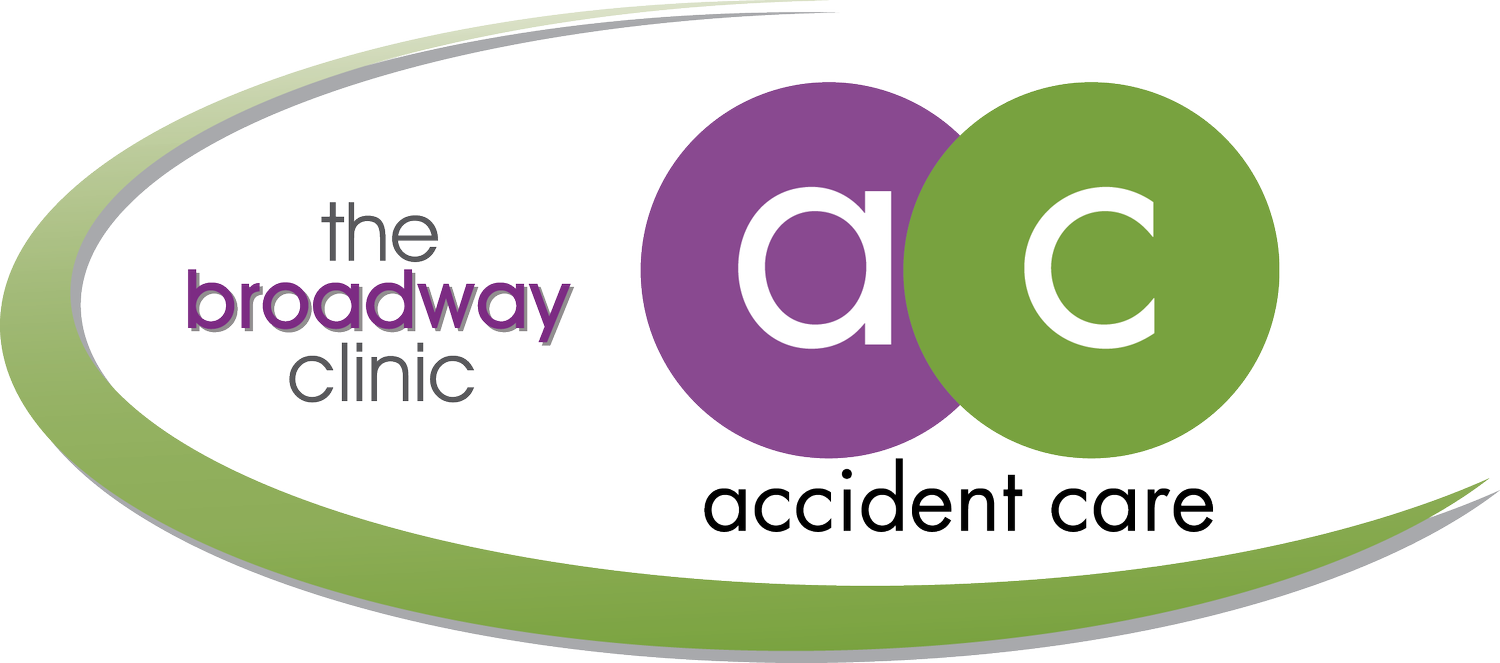What Are the Causes and Results of Rear-End Crashes?
Have you ever been stuck in traffic and noticed a car smacking into the one in front? That's a rear-end crash. Rear-end crashes happen when one car slams into the back of another. A considerable number of all car crashes fall into the rear-end category. They're familiar, usually caused by tailgating, distracted driving, or sudden stops. These accidents can lead to damage and injuries of different levels.
Nonetheless, various treatments are available in an accident care clinic in OKC. Knowing why they occur is essential for making roads safer and preventing them. Stay tuned for the scoop on why these crashes occur and the possible consequences.
Understanding the Causes of Rear-End Crashes
Rear-end crashes often happen due to common reasons we can all relate to:
Impaired Driving: It's no secret that even a tiny sip of alcohol messes with a driver's thinking and reaction time. Any bit of alcohol in your system can put you at fault for a crash.
Distractions Behind the Wheel: The National Transportation Safety Board found that 87 percent of these accidents result from distractions like eating, checking directions, chatting with passengers, or phone use. Drivers just don't catch the car in front in time to hit the brakes and avoid a collision. Visiting an accident care clinic might help afterward.
Road Rage Risks: Speeding, tailgating, sudden stops – all part of aggressive driving that leads to these crashes.
Weather Woes: Hail, sleet, rain, fog, ice, and snow mess with visibility, making it more challenging to slow down and stop.
Fighting Fatigue: Feeling tired slows your thinking and reaction abilities, like driving under the influence.
Keep these factors in mind next time you hit the road or if you need to visit an accident care clinic in OKC after a rear-end crash.
Unraveling Fault in Rear-End Collisions
Rear-end crashes often spark assumptions, with many pointing fingers at the tailing driver. Yet, it's not always that straightforward. Surprisingly, the lead driver can be at fault when:
The front driver reverses unexpectedly.
The front driver signals a turn but doesn't follow through.
The front driver abruptly stops due to distractions or intoxication.
The front vehicle has malfunctioning brake lights.
The front vehicle halts without hazard lights due to mechanical issues.
The front driver purposefully executes a brake check.
Considering Injuries from Rear-End Collisions
Rear-end collisions, particularly with fast-moving vehicles, can have severe consequences, especially if the impacted vehicle is stationary or moving slowly. Even minor fender-benders at low speeds can result in significant injuries and car damage. Moreover, if the rear vehicle is more extensive and heavier, the impact force escalates, irrespective of the speed. In such instances, seeking immediate assistance from an accident care clinic is crucial for addressing injuries and ensuring proper care.
The aftermath lingers, often manifesting in enduring injuries like:
Back Injuries: Car wrecks can harm back muscles, soft tissues, and joints, leading to chronic pain if left untreated.
Tissues and structures around the brain and spinal column cause headaches. Inflammation and tears in these areas can lead to throbbing and aching head pain. This necessitates proper diagnosis and treatment at an accident care clinic.
Whiplash: Whiplash happens when the head rapidly moves forward and backward, straining neck ligaments and tendons while causing tears and sprains in the soft tissues. This is a common consequence, causing neck and back pain, stiffness, swelling, numbness, dizziness, headaches, trouble sleeping, depression, and more. Seeking prompt attention from an accident care clinic is vital.
Extremity Strains and Sprains: Airbags and dashboards can contribute to knee, shoulder, wrist, or ankle pain. Ignoring these symptoms may worsen over time, emphasizing the need for professional evaluation and treatment in a reputed accident care clinic. Moreover, if you're feeling tingling, stiffness, numbness, tingling, muscle weakness, swelling, needles and pins sensation, difficulties in movements, bruising, bumps, or redness, seek treatment promptly in addition to addressing pain.
Why Visit an Accident Care Clinic After a Rear-End Crash?
Reaching out to an accident care clinic gives you several benefits. These include:
Swift attention to injuries: Prompt examination after a rear-end crash is vital.
Specialized care: Accident care clinics offer targeted physical therapy and chiropractic care services.
Hidden injuries detection: This helps you to identify injuries that are not immediately apparent.
Prevent long-term issues: Timely treatment helps prevent lingering health problems.
Comprehensive approach: These clinics ensure a holistic healing process from diagnostics to recovery plans.
Peace of mind matters: Visiting an accident care clinic guarantees thorough care for your well-being.
Revive Your Well-being by Choosing the Expert Today
Are you experiencing post-collision discomfort? Act before it’s too late. Turn to The Broadway Clinic Accident Care, your trusted accident care clinic in OKC. Our comprehensive services, including physical therapy, chiropractic care, massage, medication, corrective exercises, and surgeries, ensure personalized and effective treatment. So, reach out today for specialized care that puts your recovery first.
**Disclaimer: This content is neither a medical advice nor it imply a doctor-patient relationship.

